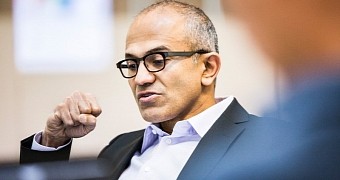Microsoft is one of the tech companies that are trying to connect rural or poor regions across the world to the Internet, and the next location on the map that's supposed to receive Redmond's investments is India.
The Redmond-based software giant is now working with the Indian government on a plan that could bring high-speed Internet in a total of 500,000 villages using the available white space in the country.
According to a report by GigaOM, the chairman of Microsoft India, Bhaskar Pramanik, has already confirmed the plan and has revealed that the company is looking to start a pilot program that would test the white space technology in two districts.
What white space is and how it works
This wouldn't be the first time a technology company uses the available white space to bring Internet connectivity in poorly developed regions, and similar technologies have already been used in South Africa, for instance.
The term of white space is generally used to refer to the available frequencies between two TV channels, which could be used for distribution of data to up 10 kilometers from a central router. In India, the available white spaces are in the 200-300 MHz spectrum band, which, according to the aforementioned source, belongs to national broadcaster Dorrdarshan.
“We believe that low-cost broadband connectivity coupled with the scale of cloud computing intelligence that can be harnessed from data can help drive creativity, efficiency and productivity across governments and businesses of all sizes,” Microsoft CEO Satya Nadella said as part of a meeting with Indian Prime Minister Narendra Modi.
“A key part of both Make in India and Digital India, bringing world class infrastructure into India, respecting India’s digital security, sovereignty and privacy is a key milestone for us.”
Microsoft hasn't yet announced specific dates for this new program, but the pilot should start by the end of the year in the two selected districts.

 14 DAY TRIAL //
14 DAY TRIAL //